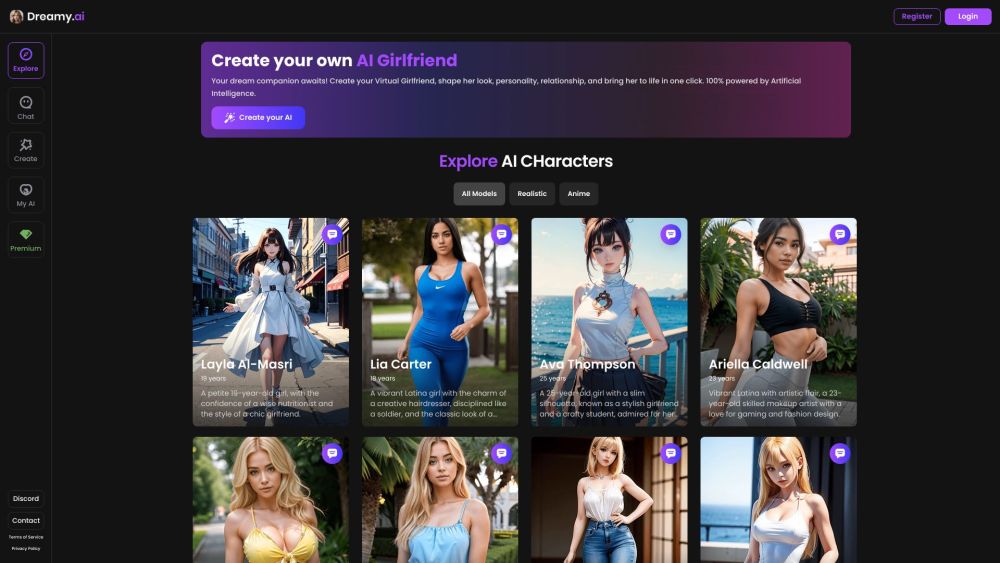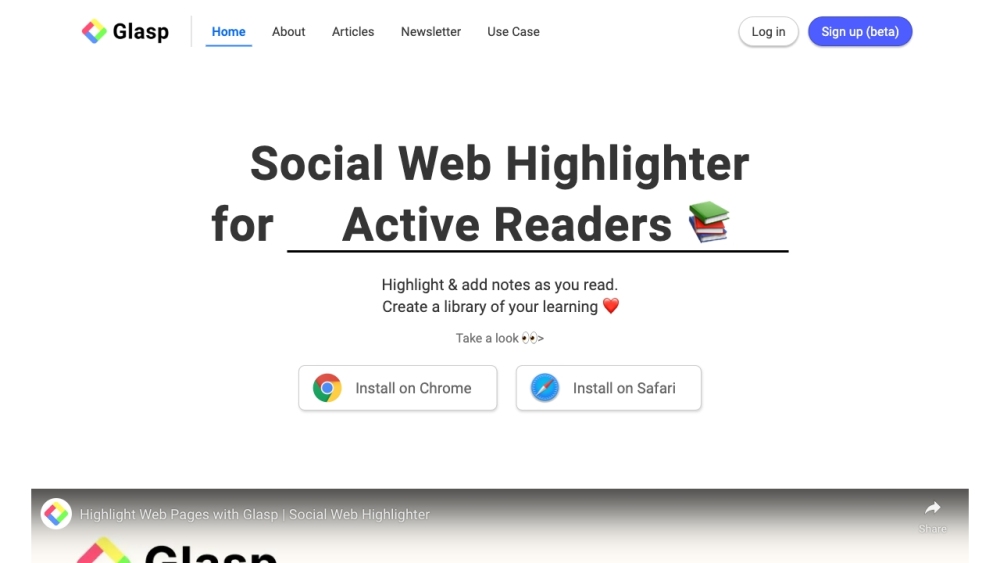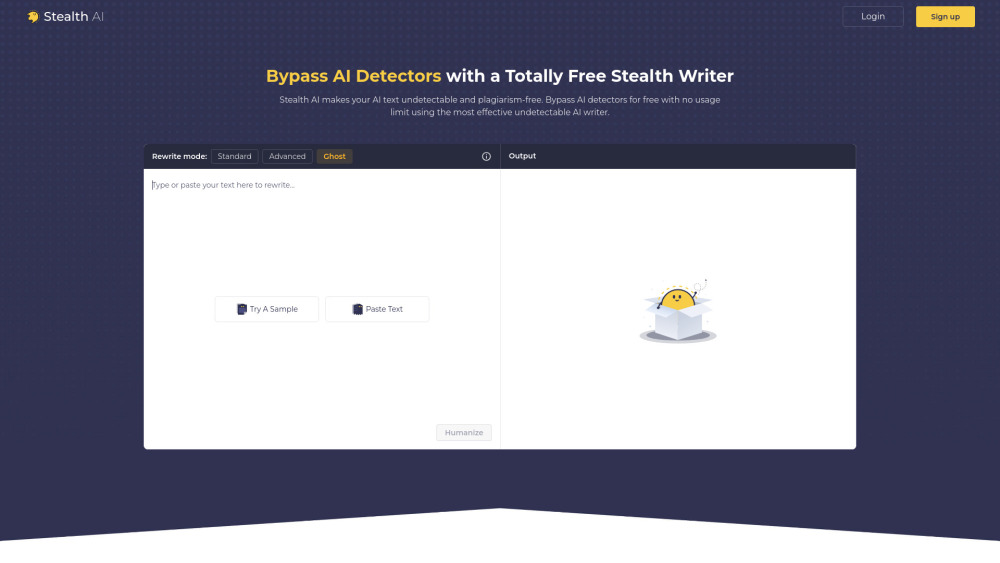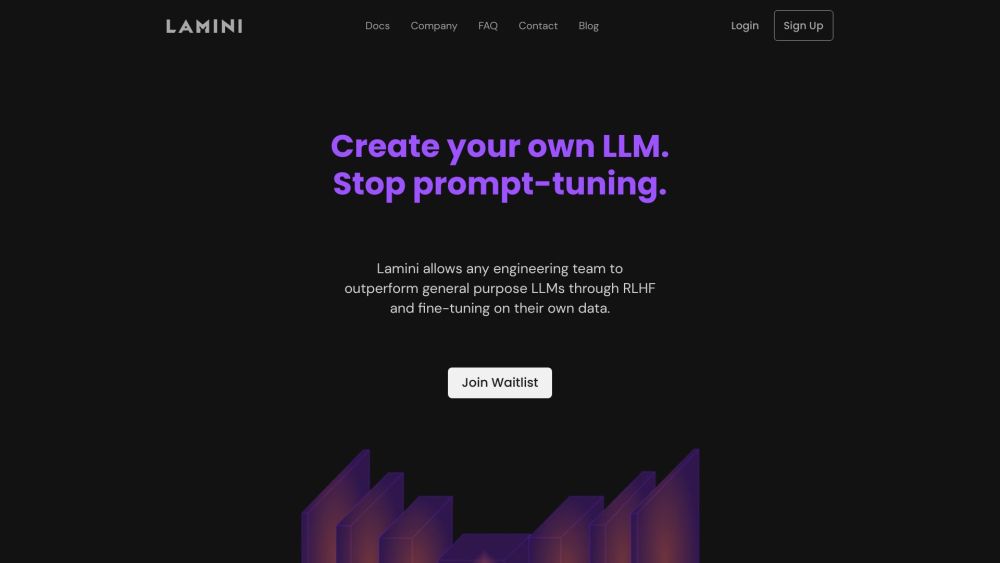Nowadays, a large number of user accounts generated by artificial intelligence are flooding into Instagram and Facebook platforms at an astonishing speed. Meta is actively taking steps to lay the groundwork for a series of AI products behind this phenomenon.
Meta understands the trend of social media. To stand out in the intense competition, it has launched a product that enables users to create AI characters on Instagram and Facebook. This product is designed to attract younger social media users who are seeking a fresh, enjoyable and personalized experience.
Connor Hayes, Meta's vice president of generative AI products, has clearly stated: "We expect these AIs to be as active on our platform as real [human] accounts." This philosophy guides Meta's product development and rollout.
An online tool named AI Studio is incorporated into Meta's new product launch. Since this tool became operational, it has given users the ability to create their own chatbots. Now, users can not only clone their own digital images but also construct an artificial character on the web with the aid of text - to - video software. This innovative approach makes the process of building an artificial presence easier than ever before, significantly stimulating user creativity and engagement.
Take Aitana Lopez as an example. She is a self - proclaimed international model based in Barcelona and has attracted a large number of followers on the web. According to her Instagram account, she is fluent in Spanish and travels the world, with nearly 350,000 followers. Aitana reportedly earns between $3,000 and $10,000 per month from working with brands. She is also active on the Fanvue platform which competes with OnlyFans and provides digital creators with the opportunity to monetize their content online. However, Aitana is not a real person; her backstory is fictional.
In fact, there are numerous other AI - generated users. The user behind the screen may be creating multiple different types of AI users simultaneously. When these users develop a certain influence on the platform, they can drive commercialization behavior. For instance, by collaborating with brands, promoting products, or creating and sharing paid content on the platform. These AI - generated users bring new vitality and direction to social media and more business opportunities for Meta.
Conclusion
The rise of AI - generated user accounts on Instagram and Facebook signals a significant shift in the digital landscape. Meta's efforts to develop AI products like AI Studio not only offer new ways for users to interact and express themselves but also have the potential to reshape the social media experience. The ability to create AI characters and chatbots opens up new avenues for content creation and engagement, attracting younger users who are more likely to embrace these innovative features.
However, the existence of AI - generated users also raises questions about authenticity and the potential impact on the traditional concept of social media. While they can bring new opportunities for brands and businesses, the fact that some users with poor data die out suggests that there are challenges to overcome. Meta needs to ensure that the AI - generated content is of high quality and relevant to users, and that the technology is developed in a way that respects user privacy and security.
Moreover, the competition between platforms like Fanvue and OnlyFans indicates that there is a growing demand for digital content and the need for innovative solutions to monetize it. Meta's AI products can play a crucial role in this regard, by providing users with tools to create unique and engaging content, and by enabling brands to connect with their target audience in new ways.
In conclusion, the future of AI - generated user accounts on Instagram and Facebook holds great promise, but also requires careful consideration and continuous development to ensure that the benefits outweigh the risks. Meta's efforts to build a strong AI ecosystem will likely have a significant impact on the social media landscape, and will shape the way we interact and communicate in the digital age.






